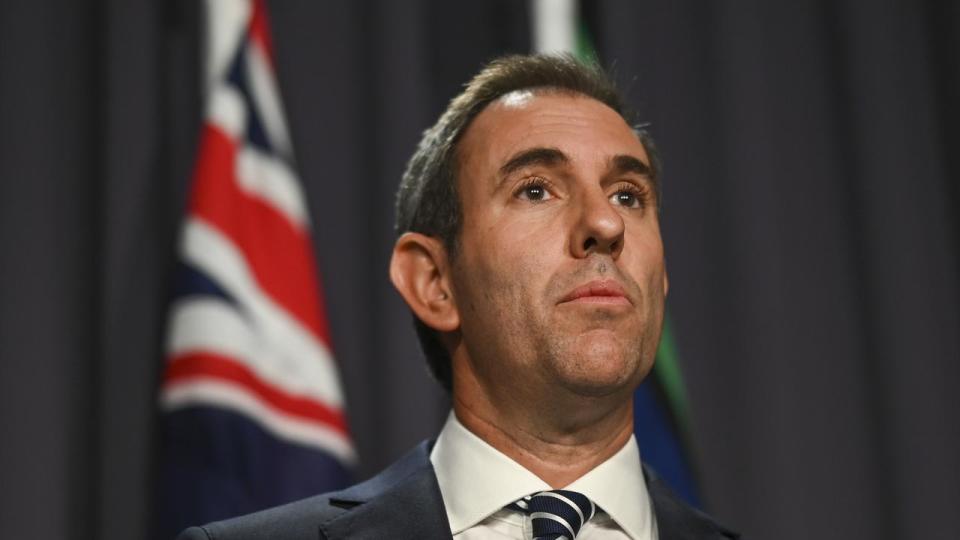Shock figure Albanese government celebrates

More Australians have entered the workforce in the first year of the Albanese government than in the early days of any other administration in history.
That’s according to new treasury analysis of ABS employment data, which also shows wages are growing faster, and more people are getting wage rises than before Labor took office.
The analysis suggests the government, which celebrated its first anniversary on Sunday, has recorded 333,000 extra Australians in work over the last 12 months.
In comparison, the first year of the Abbott government had a jobs growth of just 74,100; while in the early days of the Rudd government an extra 198,600 Australians went into work.

The analysis also reveals Australia has posted the strongest employment growth of all major advanced economies in the last year, with a 2.5 per cent increase since May 2022 as of April.
In comparison, the United States marked a 2.4 per cent employment growth rate, while the United Kingdom marked just 0.6 per cent as of the March quarter.
Female employment is also at record highs, with more women in work and more women working full time than ever before.
Treasurer Jim Chalmers and Employment Minister Tony Burke said the analysis also showed wages were growing at a higher proportion than ever before.
Over the year to the March 2023 quarter, a record 60 per cent of jobs recorded a higher wage rise than the year before, almost double the pre-pandemic average.
Wages have grown by around 0.9 per cent per quarter on average since Labor came to government, compared to 0.5 per cent average quarterly growth under the former Coalition governments.
Dr Chalmers and Mr Burke said the higher wages growth under Labor meant that average full-time annual earnings were “around $1000 higher” compared to what they would have been if wage growth had continued at its pre-May 2022 pace.
“More Australians in work and earning more are among the really pleasing economic outcomes over the past year,” Dr Chalmers said.

“The Albanese Government has overseen the most jobs created under a new government on record – in fact, more than four times the number that the previous government managed in its first year in office.
“This Government is all about building an economy that delivers more opportunities for more people in more parts of our country – and central to that is creating more secure, well-paid jobs.
“We’re pleased wages are moving again, but we know that we need to see inflation moderate to secure real wages growth and ease the cost-of-living pressures felt by many Australians.”
Earlier on Sunday, Mr Burke said the government maintained it wanted to see the lowest-paid Australians keep up with rising cost of living, but as yet won’t reveal what figure Labor wants the Fair Work Commission to raise wages by.
Downplaying fears of a so-called “wage price spiral” in the face of stubbornly high inflation, Mr Burke said the government didn’t want workers to go backwards.
“The Reserve Bank governor himself has said we’ve got no signs at the moment at all of there being a wage price spiral,” he told Sky News.
He noted wages weren’t the “only pressure” on inflation.


